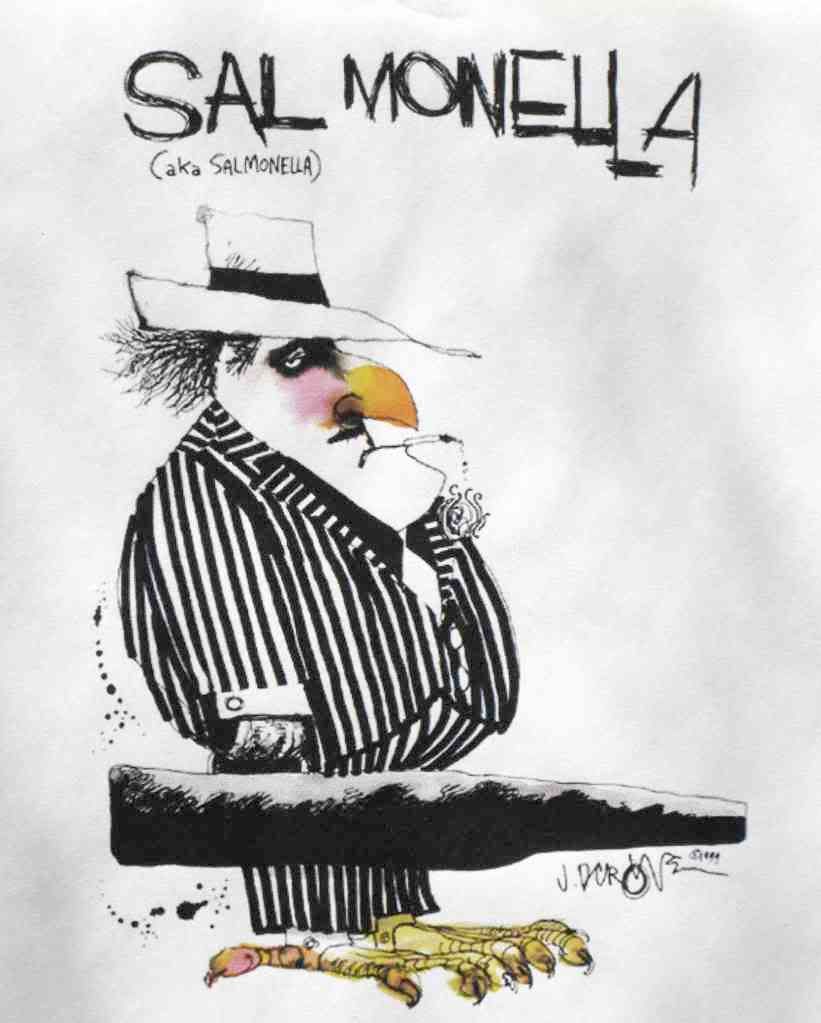 December 29, 2008
December 29, 2008Hidden amid the great holiday controversies – whose family to visit first, whether to make ham or turkey for Christmas dinner, should potato latkes be eaten with sour cream or apple sauce – is the annual debate over the safety of homemade eggnog.
At last, there is an answer – sort of.
We talked about this last year. USDA estimates that approximately one egg in 20,000 contains Salmonella, and recommends that consumers use pasteurized eggs in recipes that call for eggs and have no final cooking step. "But," several people asked us, "doesn't the alcohol in the eggnog kill all the Salmonella?"
This year, National Public Radio asked that question of a researcher at The Rockefeller University. Dr. Fischetti obliged NPR by whipping up a batch of homemade eggnog (with alcohol) and comparing its bacterial counts against the store-bought variety. He found that the eggnog made with raw eggs and 20% rum and bourbon contained far fewer bacteria than the alcohol-free store-bought eggnog.
Next, Dr. Fischetti upped the ante by adding Salmonella to the homemade eggnog, holding the concoction – presumably in the refrigerator – for 24 hours, and then checking for survivors. He found that at least some of the Salmonella survived.
In commenting on this result, Dr. Fischetti pointed out that his lab spiked the eggnog with roughly 1,000 times as many Salmonella as was likely to be found in a contaminated egg. He added that more experiments would be needed to obtain a definitive answer.
As so often happens with a "quick-and-dirty" lab experiment, more questions were generated by this report than answers. For example,
Until someone decides to fund a more elaborate set of lab experiments, the safest bet still is to use pasteurized eggs in your homemade eggnog, and give Salmonella a holiday.





For the love of god! How freakin' hard is it to just use pasteurized shell eggs??!! That's right pasteurized. Eggs. In. The. Shell.
ReplyDeleteAnd BTW, the FSIS estimates it's 1 in 10,000 eggs with salmonella. That's one egg in every pallet of eggs in a grocery store. Would you take that risk if it were a bottle of water? or anything else for that matter?
ReplyDelete